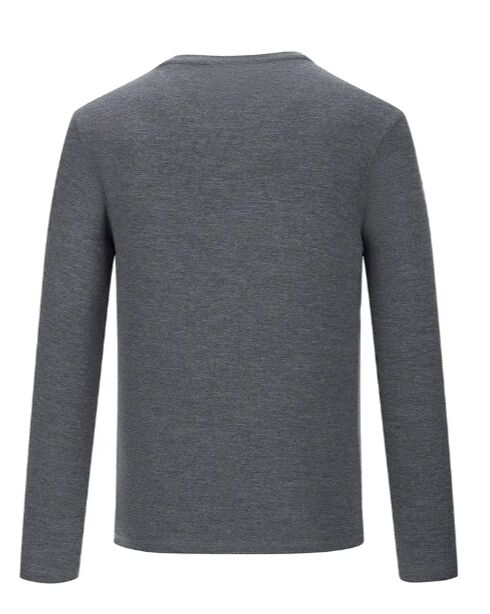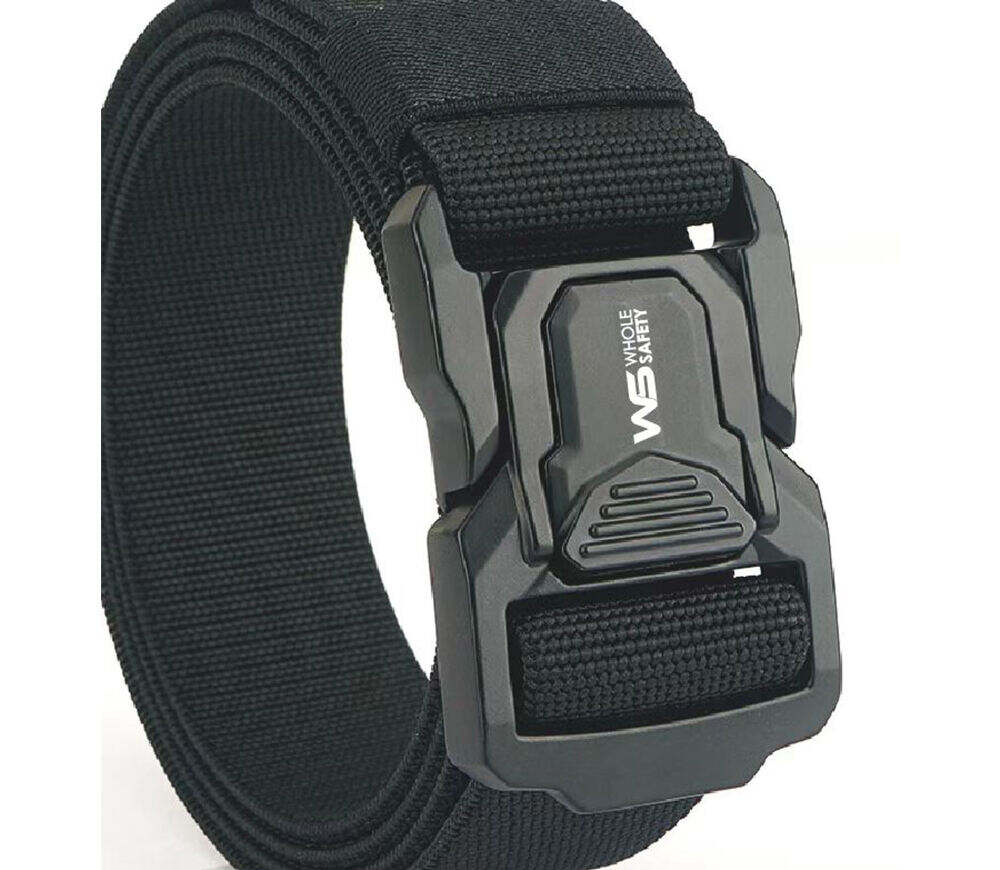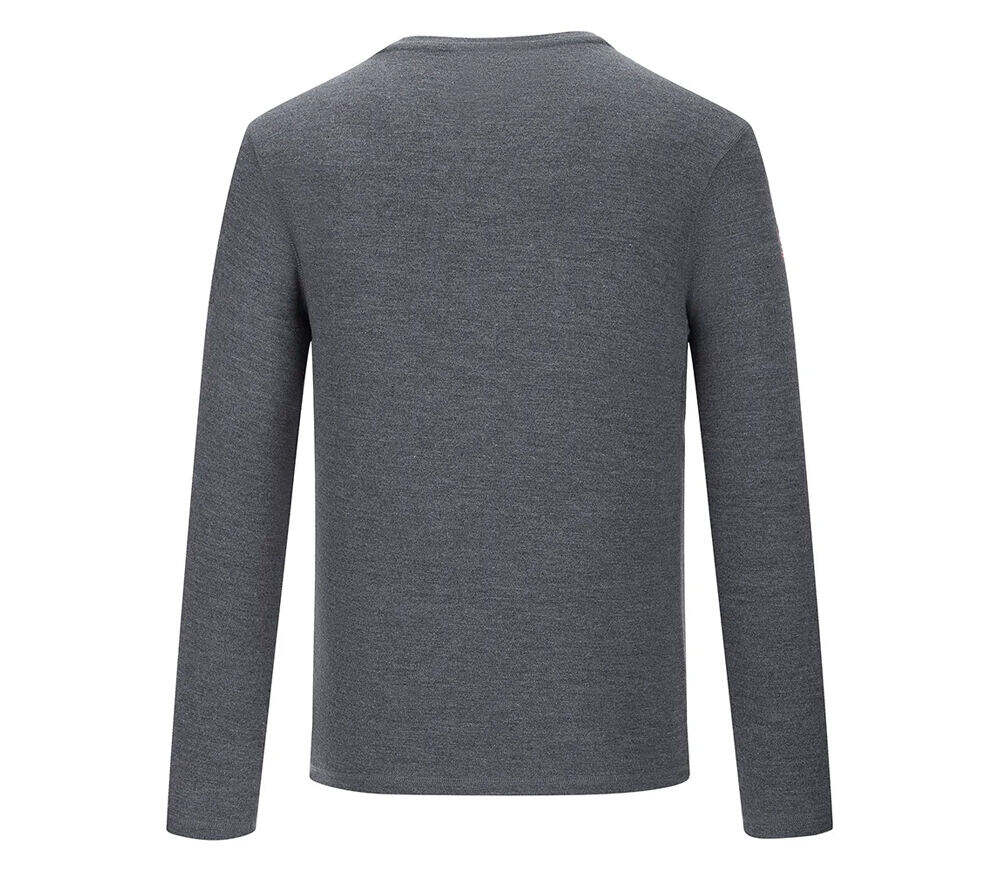In industries where the risk of fire is a constant concern, such as firefighting, petrochemicals, and energy mining, having high - quality fire retardant garments is not just a matter of compliance; it's a matter of life and death. A high - quality fire retardant garment is engineered to provide superior protection against flames, heat, and potential burns, while also ensuring the comfort and mobility of the wearer.
One of the key features of a high - quality fire retardant garment is the choice of materials. Advanced fire - retardant fabrics are used, which are treated or inherently designed to resist ignition and self - extinguish when exposed to flames. These materials are often a blend of natural and synthetic fibers, carefully selected to achieve the right balance of fire resistance, durability, and comfort. For example, some fabrics may incorporate materials like aramid fibers, which are known for their excellent heat and flame resistance properties. These fibers can withstand extremely high temperatures without melting or dripping, reducing the risk of secondary burns to the wearer.
The construction of a high - quality fire retardant garment is also of utmost importance. Double - stitched seams are commonly used to enhance the durability of the garment and prevent it from tearing or coming apart under stress. Reinforced areas, such as the elbows, knees, and shoulders, are added to withstand the wear and tear associated with physically demanding tasks. Additionally, the garment's design should allow for a full range of motion, ensuring that workers can move freely and perform their jobs effectively without feeling restricted by the clothing.
Comfort is another critical aspect of a high - quality fire retardant garment. Workers may have to wear these garments for long periods, so it's essential that they are breathable and moisture - wicking. Breathable fabrics allow air to circulate, keeping the wearer cool and reducing the risk of heat stress. Moisture - wicking properties help to draw sweat away from the body, keeping the worker dry and comfortable. Some high - quality fire retardant garments may also have ventilation panels in strategic areas, such as the underarms and back, to further improve airflow.
In addition to fire resistance and comfort, a high - quality fire retardant garment should meet relevant safety standards and regulations. Different industries may have their own specific requirements, and it's important that the garment is certified to meet or exceed these standards. For example, in the United States, the National Fire Protection Association (NFPA) sets standards for fire - retardant clothing, such as NFPA 2112 for industrial flame - resistant clothing. Garments that meet these standards have undergone rigorous testing to ensure their effectiveness in protecting against fire hazards.
When it comes to aesthetics, high - quality fire retardant garments are available in a variety of styles and colors. While the primary focus is on safety, many workers also appreciate having garments that look professional. Some garments may come in bright, high - visibility colors, which not only enhance the wearer's visibility in low - light conditions but also add a touch of professionalism to their appearance.
Employers are responsible for providing their workers with high - quality fire retardant garments that meet the necessary safety requirements. Regular inspections of the garments should be carried out to check for any damage or wear and tear. Workers should also be trained on how to properly wear and care for their fire retardant garments to maximize their lifespan and effectiveness.
In conclusion, a high - quality fire retardant garment is an essential piece of personal protective equipment for workers in high - risk industries. By providing superior fire protection, comfort, and durability, it helps to ensure the safety and well - being of workers in the face of potential fire hazards.


